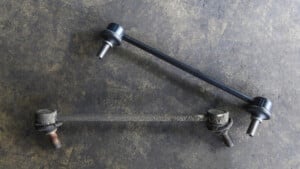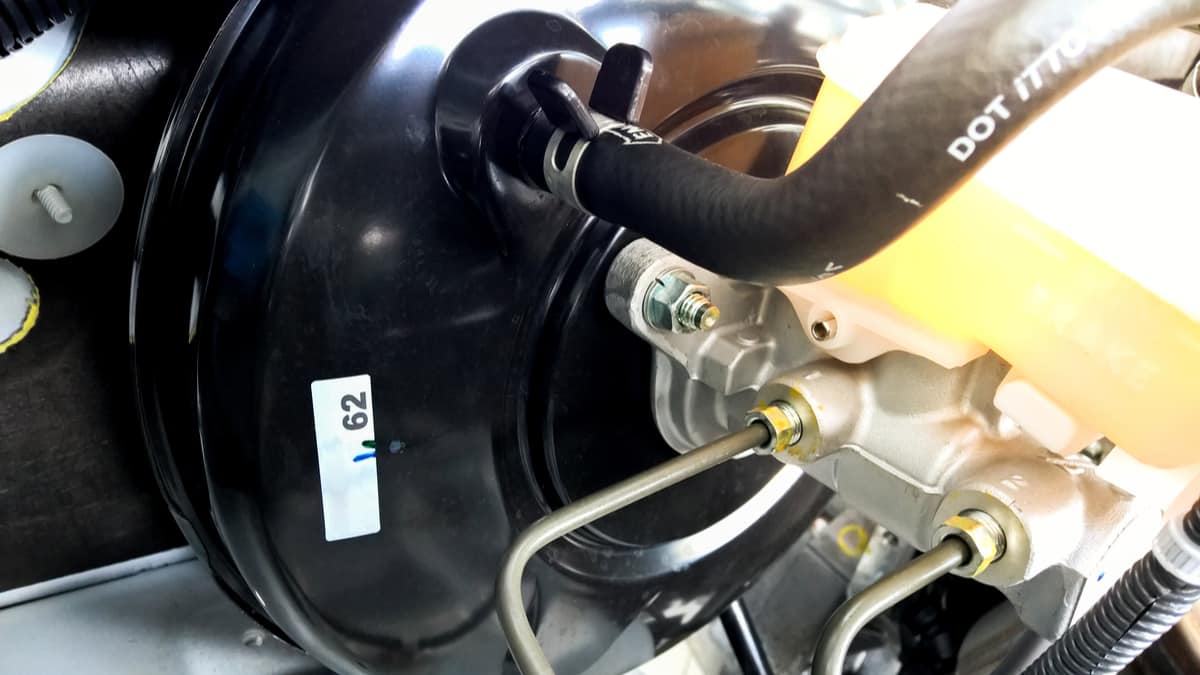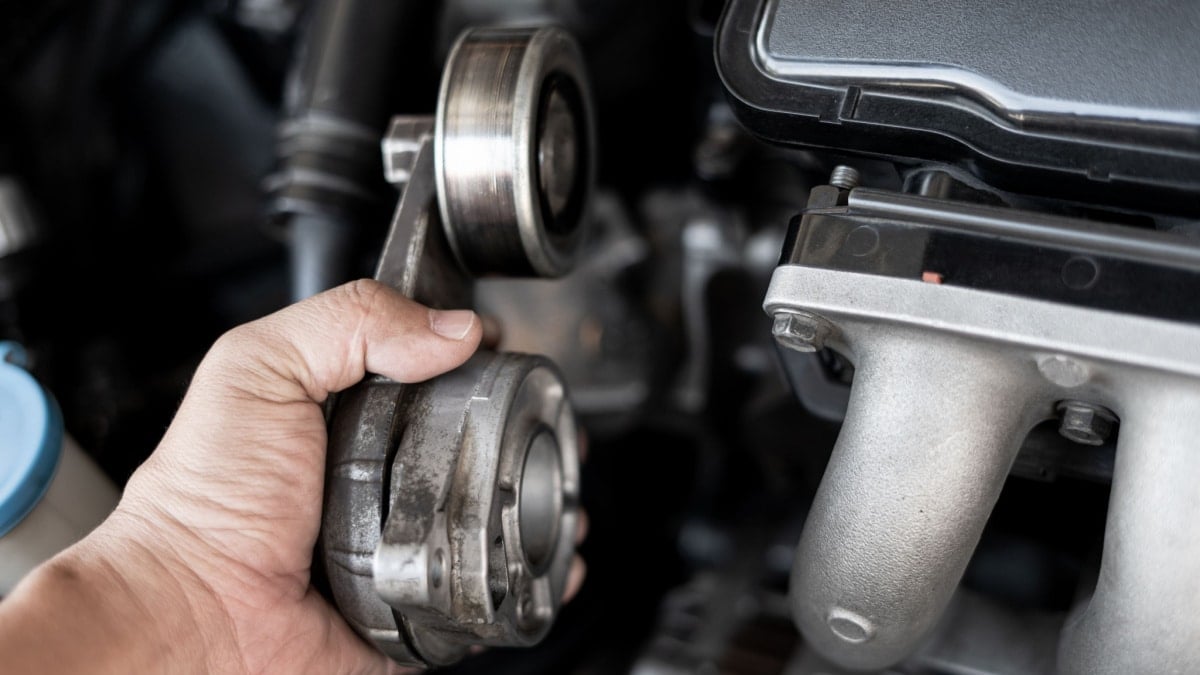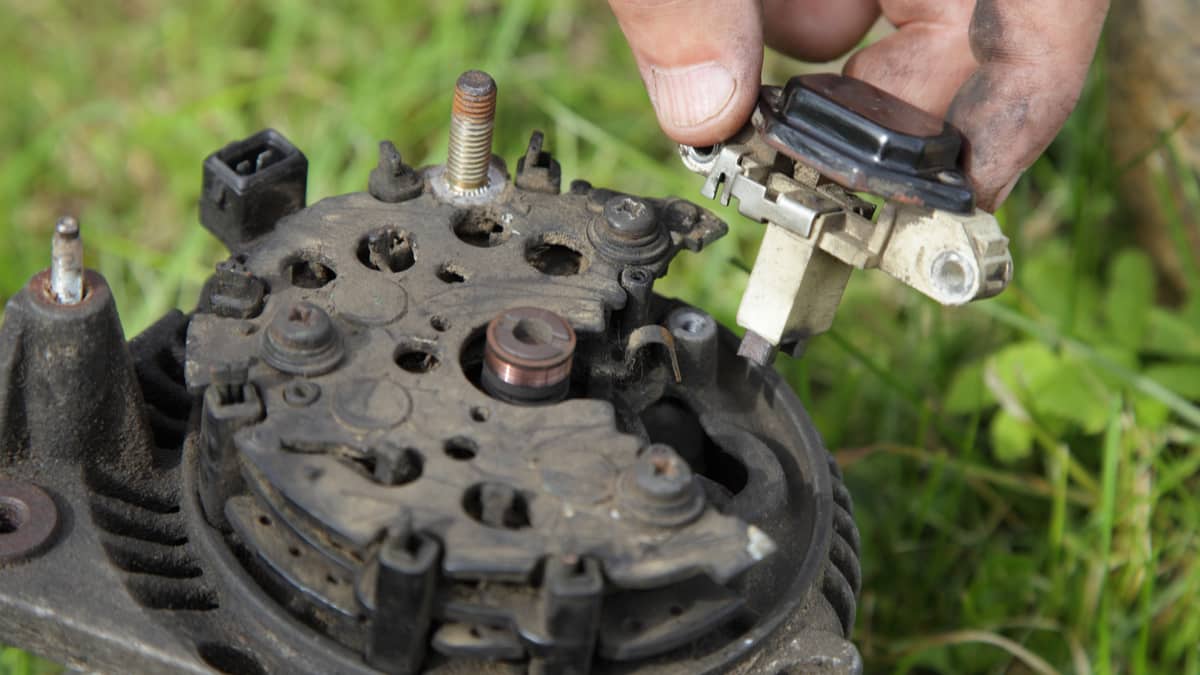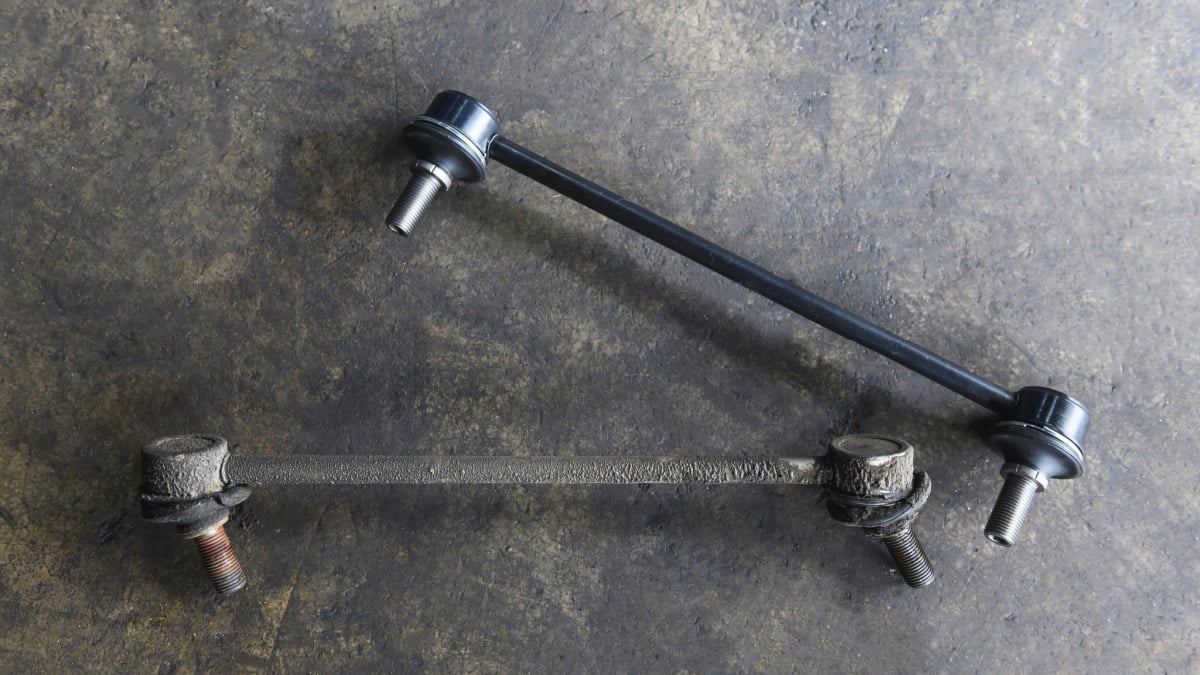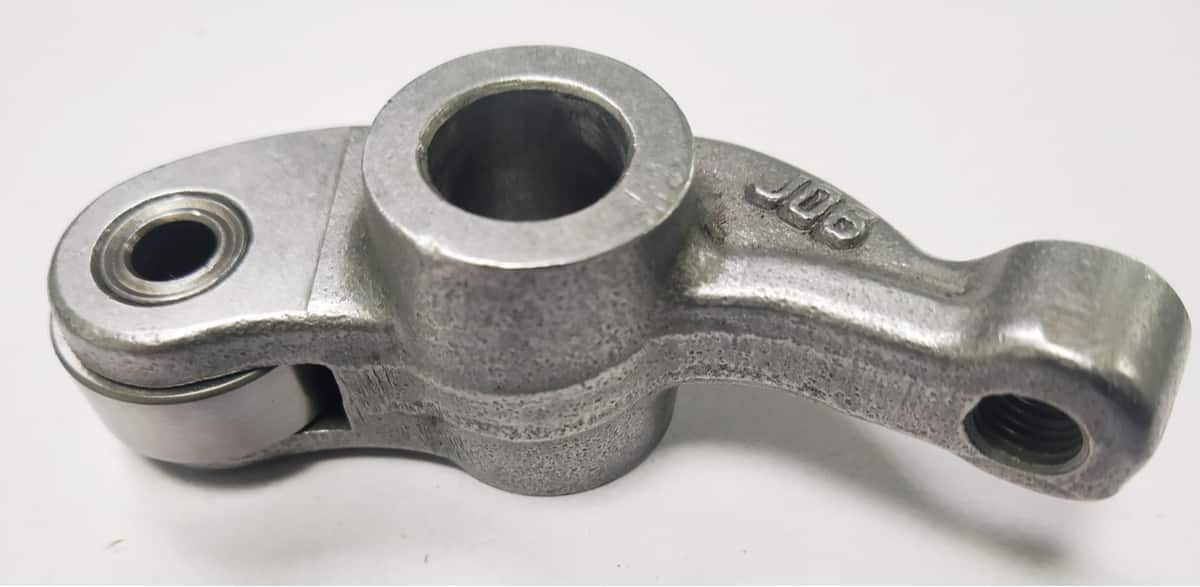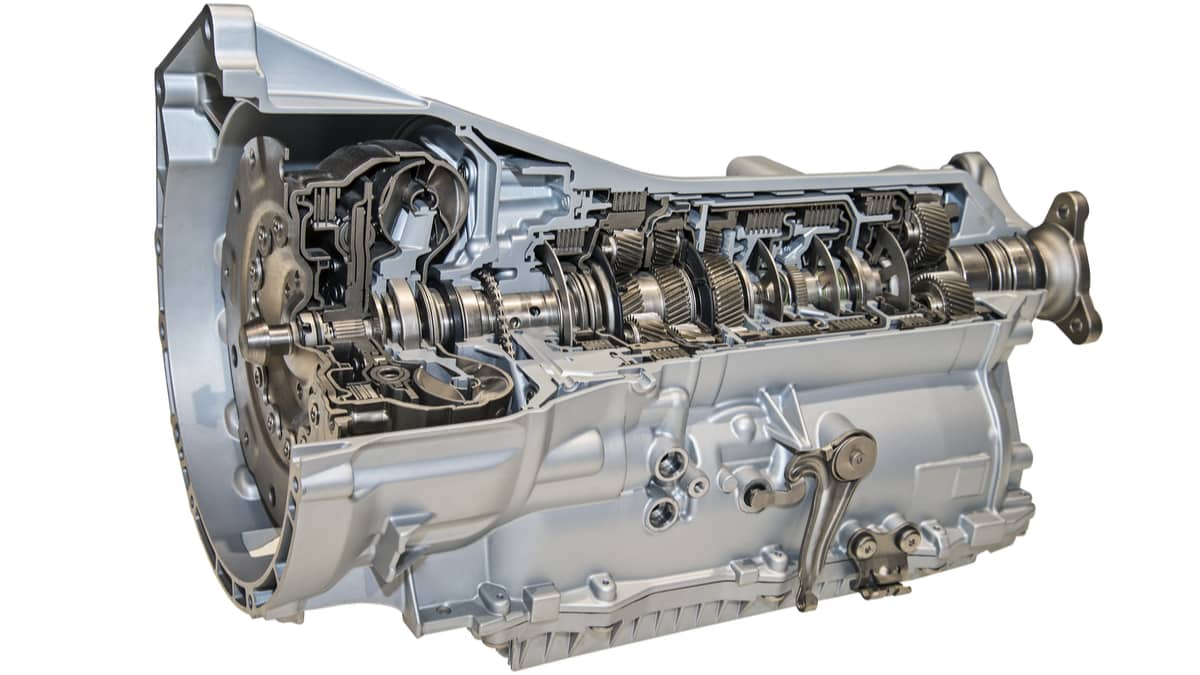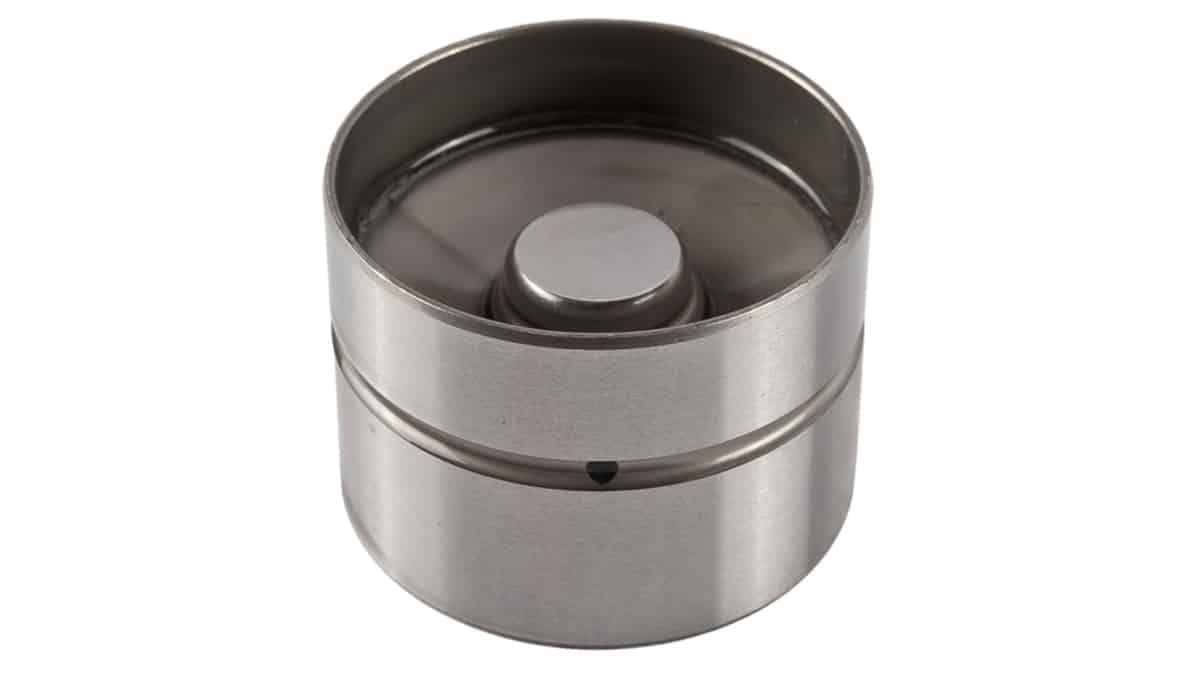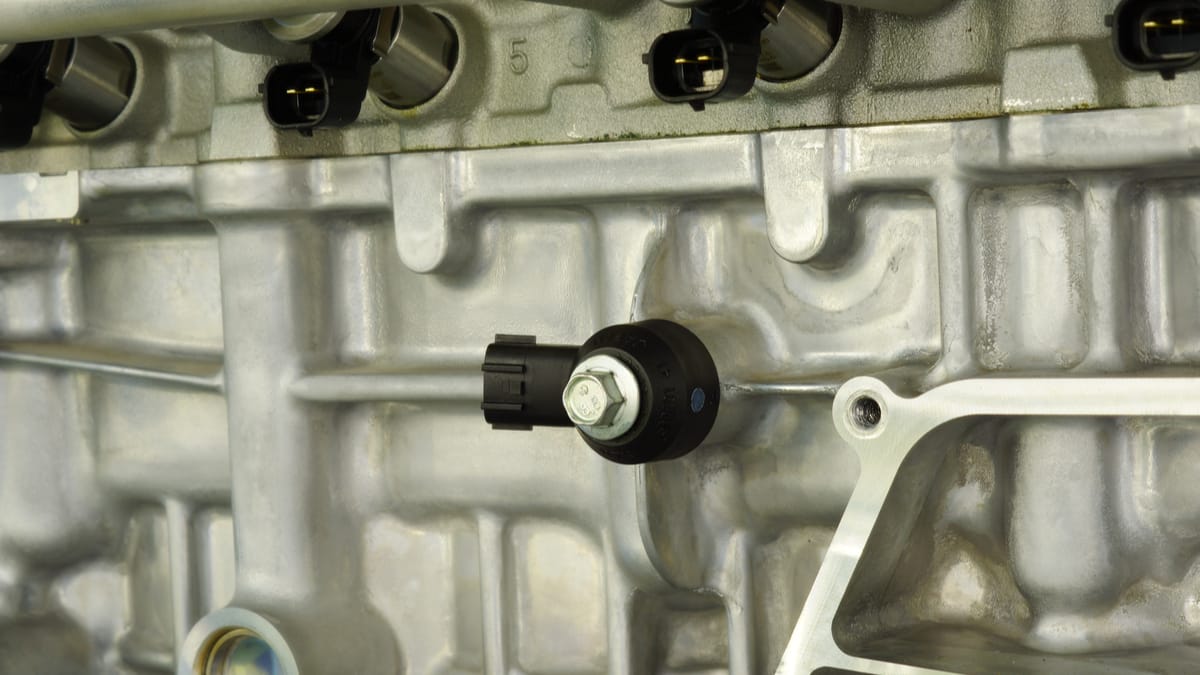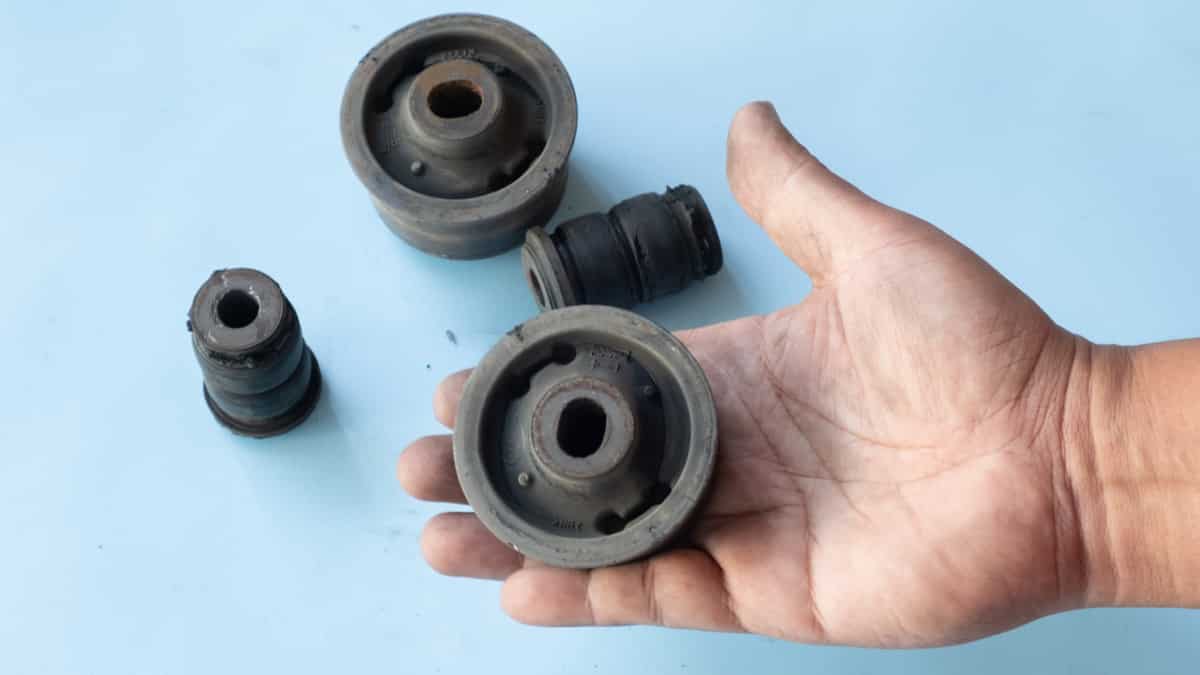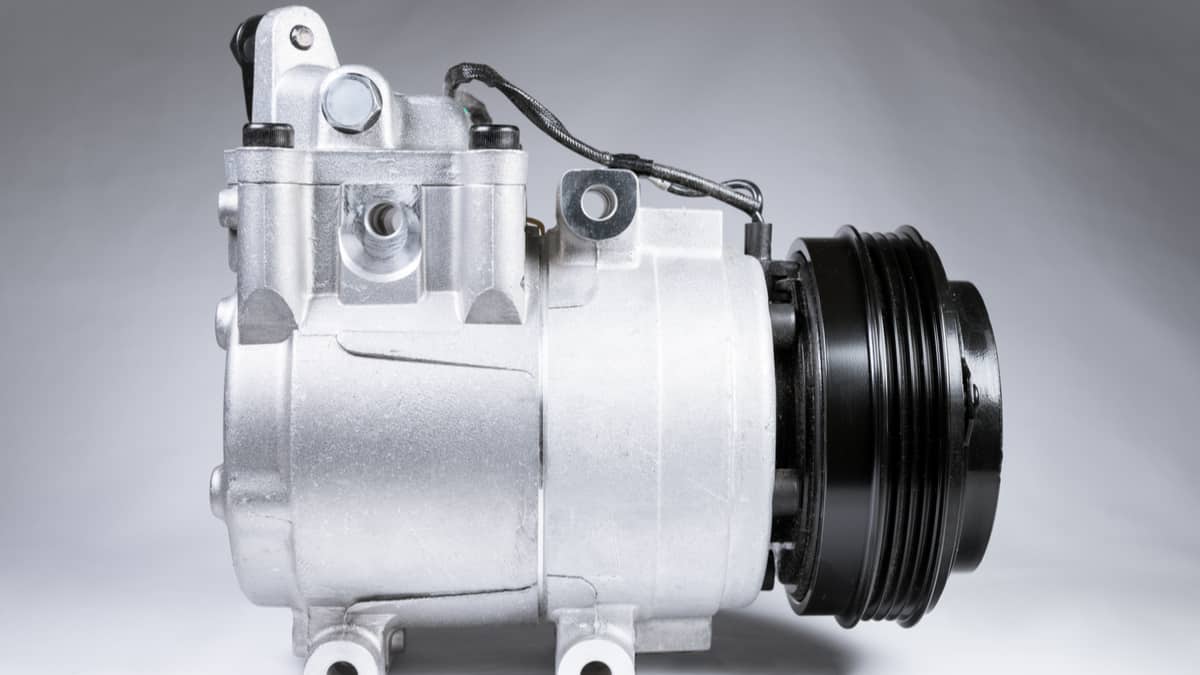Driving down any road leaves you vulnerable to many obstacles. After all, not all roads are smooth and flat. When you drive on a surface that’s bumpy, rough, or uneven, the sway bar keeps the vehicle stabilized.
Without a sway bar or a so-called anti-roll bar, the car would easily become uncontrollable. This vital suspension component is made from steel or iron rods, so it doesn’t often break. However, the sway bar contains bushings and links that can deteriorate over time.
That’s why it’s important to understand the signs of a bad sway bar, so you can replace these essential components for more on-road safety.
In this article, we look at the most common symptoms of a bad sway bar, as well as its function, location, and replacement cost. Let’s begin with a quick overview of what signs to look for.
Symptoms Of A Bad Sway Bar or Anti Roll Bar
The most common symptoms of a bad or failing sway bar are a rattling noise when driving on a bumpy road and loss of handling when cornering. You may also notice an excessive body roll when cornering.
It could either be the sway bar links, the sway bar bushings, or a bad sway bar itself at fault when you notice any of these symptoms. However, it is more common for the bushings or links to break than the sway bar itself, since it is a solid piece of metal.
Here down below is a more detailed list of the signs of a bad or failing sway bar to look for:
1. Strange Noises
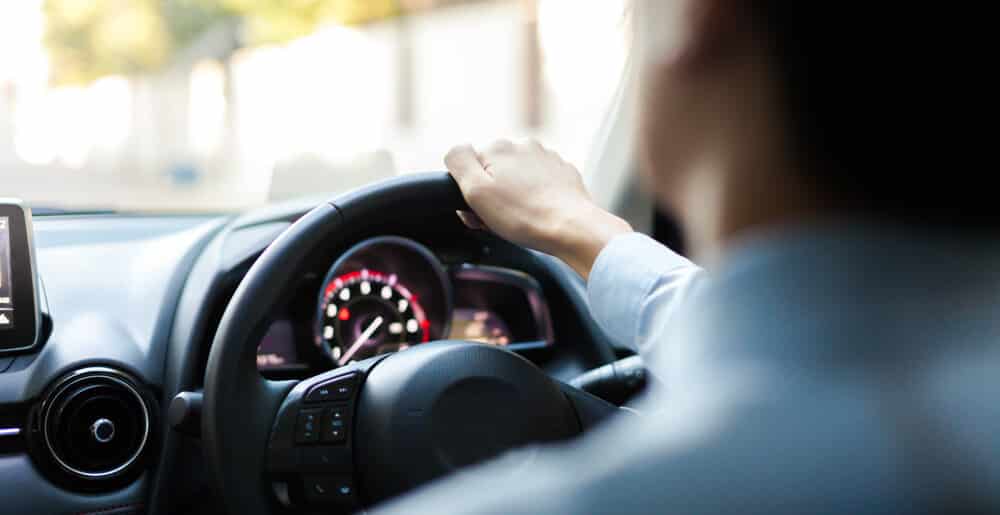
One of the main causes of sway bar failure is the deterioration of the bushings. When these parts begin to go bad, you will hear a rattling noise. This sound is pronounced when going over a bump.
However, there are other sounds you might hear when the sway bar links or bushings are failing. Listen for a squeaking sound when heading over bumps. As the condition gets worse, you might even hear the noises when traveling on flat stretches of highway.
2. Trouble When Taking Turns
As the sway bar links become loose, the tires can no longer keep a solid grip on the road. This lack of handling makes it more difficult to take a turn normally.
You will feel the condition in the steering wheel as you attempt to turn. It will require more effort to get your vehicle where it needs to go. You can blame this condition on the links, but it can also happen when the bushings deteriorate.
3. Excessive Body Roll
A failing sway bar reduces traction and stability. Even when you aren’t heading through a turn, you will notice handling issues. A strong sign is that your car will body roll much more when cornering than usual.
The car might feel completely out of control or as if pieces are falling off. As you hold the steering wheel, you will notice a significant decrease in control over the direction of your car.
4. Visibly Worn Out
The best part about the sway bar, links and bushings is that everything can be easily inspected. One way to tell if there is a problem is to perform a visual inspection.
The sway bar links will look completely worn out. You might also notice that the rubber bushings or nuts located at both ends of these links lose their solid, round shape or become hard and torn.
If the sway bar links become loose and you can easily move them with your hand, they are worn out. In extreme cases, they can also become detached from the sway bar or control arms. Your car should never be driven when the parts are this deteriorated, or you could lose control.
The Function of a Sway Bar
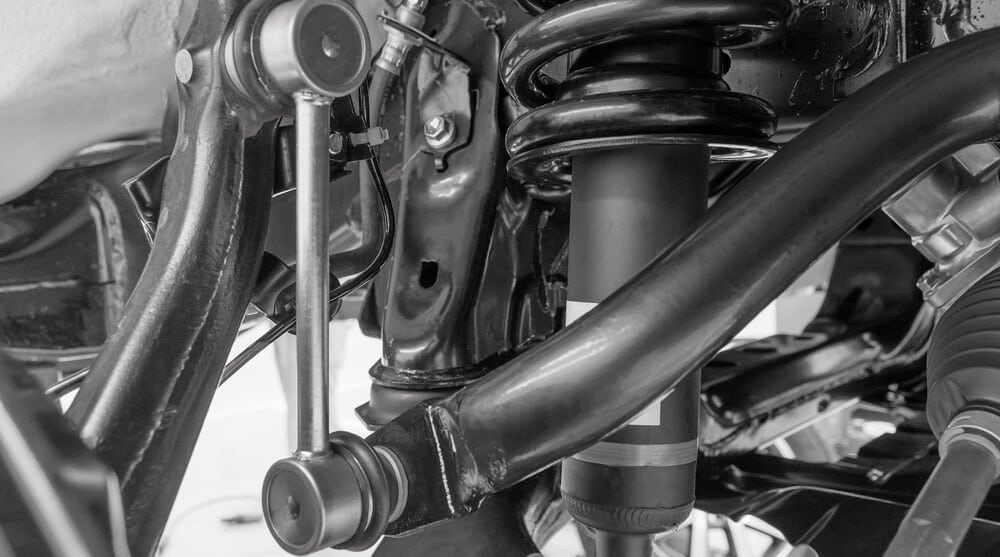
The sway bar is also known as a stabilizer bar. It’s used to keep the vehicle from losing control and rolling over.
Your vehicle naturally rolls to one side when going around a turn. This condition is known as body roll or sway. However, the sway bar controls the suspension to even-out the body roll. In turn, your vehicle remains level and in control.
Basically, as you take a turn, the body roll occurs to the outside of the turn, putting the weight of the car on the outside wheels. This action causes the suspension on the outer wheels to compress. On the wheels located on the inside of the turn, you will notice a rising motion, causing the suspension to extend.
Your car is experiencing the same feeling that your body does during a turn. Just as you move to one side and sway during a turn, your vehicle will as well. However, the sway bar keeps the car from getting out of control. It pushes the inside wheels down to compress the suspension, keeping the tires in contact with the road at all times.
If the sway bar didn’t distribute the vehicle’s weight across all four of the tires, some would lose contact with the road and cause you to lose control over the car.
Sway Bar Location
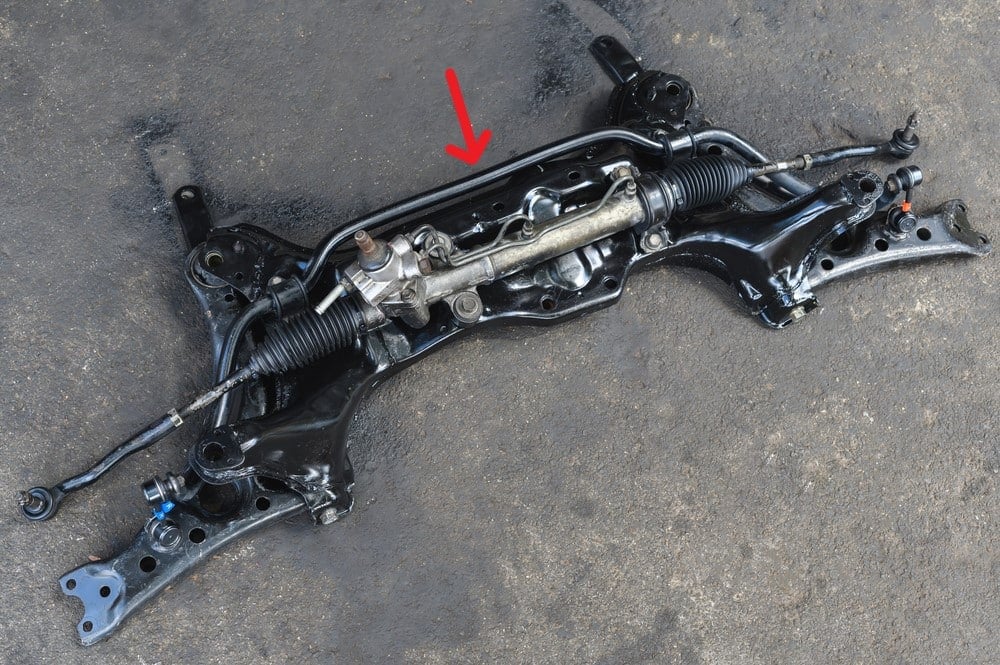
The sway bar is U-shaped and connects to the frame. Most often, the sway bar is found on the front of the vehicle, bolted securely to the suspension.
However, some cars have front sway bar links, while others contain both front and rear sway bar links. If you are unsure what your vehicle has, reference the service manual.
Sway Bar Replacement Cost
The average sway bar replacement cost is between $125 and $160, with labor making up $50 to $70 and the part costing between $55 and $110. It’s not common for the sway bar itself to need replacing. Typically, a car requires new sway bar end links or stabilizer bushings.
The stabilizer bushing replacement cost is between $125 and $160, with labor making up $95 to $120 and the part costing $30 to $65.
In most situations, it’s not advisable to perform your own suspension part replacement, as this system is critical to on-road handling and control. However, with some mechanical knowledge and the right tools, it isn’t difficult to change your sway bar links or bushings.
Can you drive without a sway bar?
Yes. You can drive without a sway bar, but it’s not recommended. A sway bar helps to keep your car stable and prevents it from rolling over when cornering. Without a sway bar, your car is more likely to roll over if you take a sharp turn. If you do decide to drive without a sway bar, be sure to go slowly and carefully.
What happens when a sway bar breaks?
If a sway bar breaks, it will no longer be able to control the body roll of the car. This may cause the car to sway more when turning, which can make it difficult to control and increase the risk of a crash.
Does a sway bar affect alignment?
No. A sway bar does not affect the wheel alignment. It affects the handling or feel of the car by reducing body roll. You do not need to get a wheel alignment done just because you replaced the sway bar.
How many sway bars are on a car?
There are typically two sway bars on a car: one front and one rear sway bar for each axle. In some older car models, you will only find a sway bar on the front axle.
If you suspect that your sway bar is not functioning properly, either take a look at it yourself or have it inspected by a qualified technician as soon as possible to avoid further damage to your suspension.
Learn more:
- How Much Does Car Suspension Repair Cost?
- 5 Symptoms of a Bad Tie Rod End (& Replacement Cost)
- 5 Signs of a Bad Control Arm Bushing
Categories: Suspension

